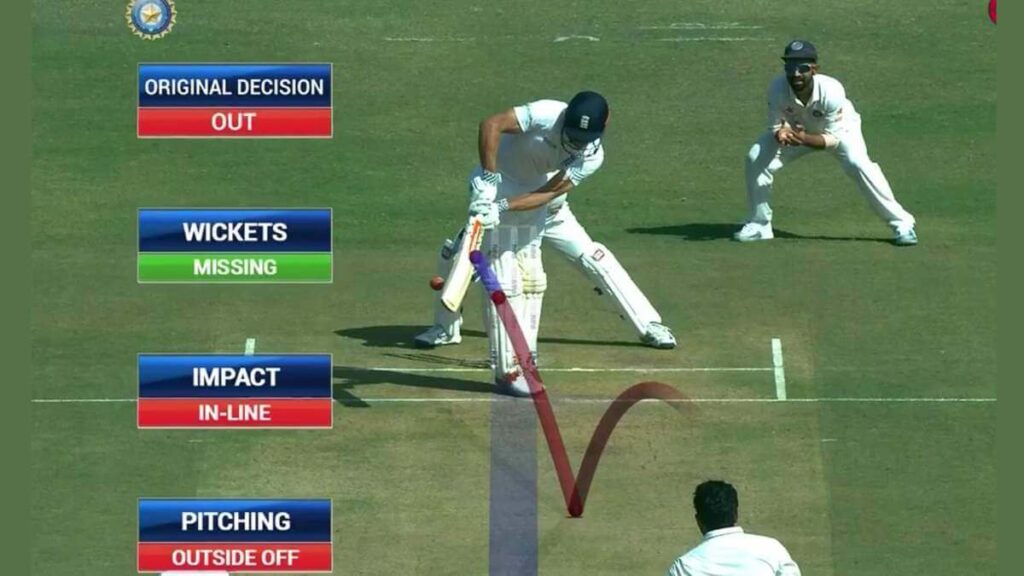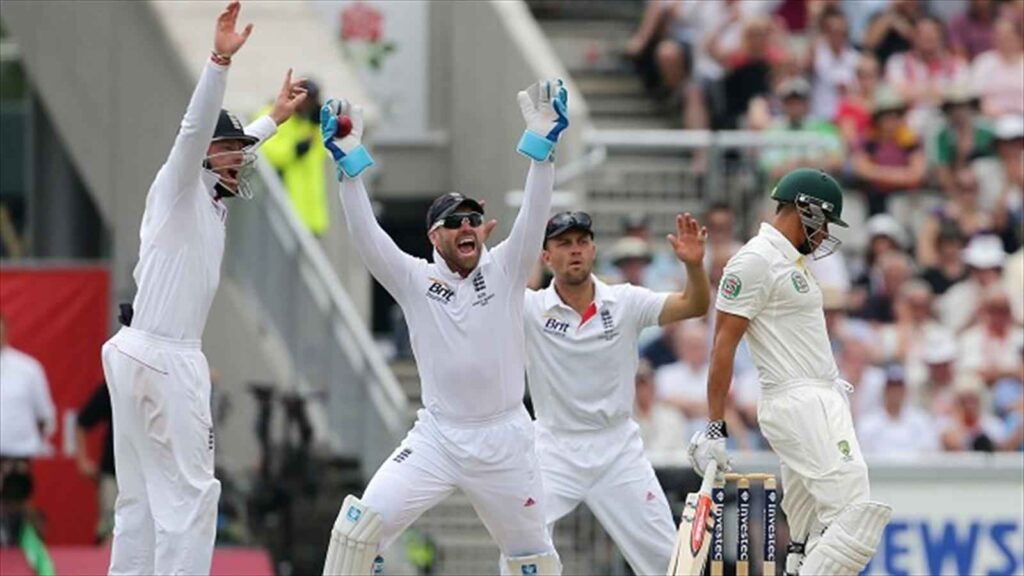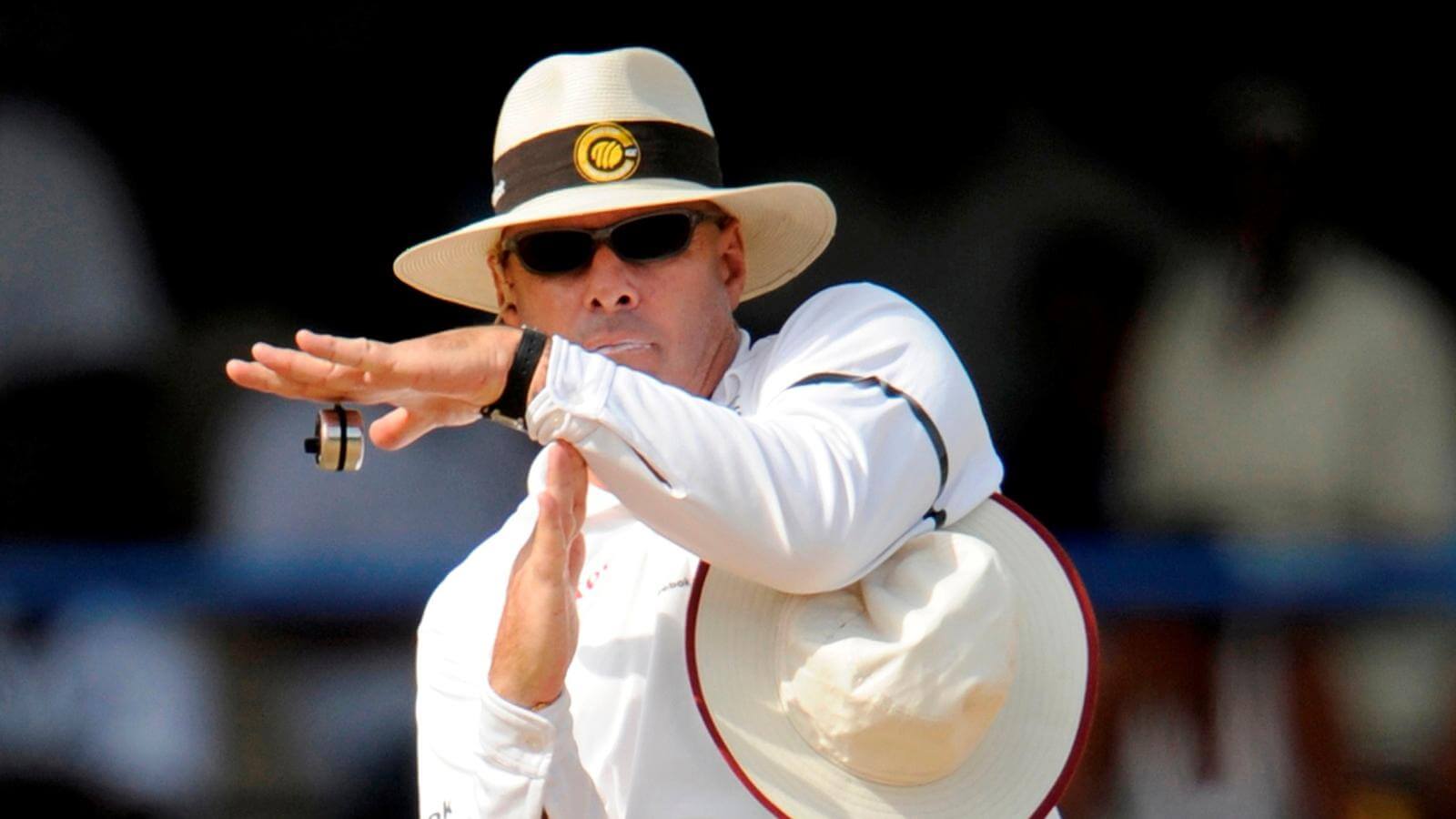Introduction
The Decision Review System (DRS) is a technological aid used in cricket to help umpires make accurate decisions. Introduced to minimize human error and improve fairness, DRS employs several sophisticated technologies. This guide explains the key components and processes of DRS.
What is DRS in Cricket?
The Decision Review System (DRS) is a revolutionary technology in cricket designed to assist on-field umpires in making more accurate decisions. Introduced to reduce human errors, DRS combines various technological tools to provide a comprehensive analysis of on-field events. Let’s explore how DRS works and its impact on the game.
Technological Components of DRS
1. Hawk-Eye
- Definition: Hawk-Eye is a computer system that visually tracks the trajectory of the cricket ball.
- Function: It uses multiple high-speed cameras to record the ball’s position and predict its path.
- Role in DRS: Primarily used for LBW (leg before wicket) decisions, Hawk-Eye determines whether the ball would have hit the stumps. It evaluates the ball’s pitching point, impact point, and trajectory.
2. UltraEdge/Snickometer
- Definition: UltraEdge, also known as Snickometer, is a sound-based technology that detects edges.
- Function: It uses microphones to pick up sound frequencies produced when the ball contacts the bat or gloves.
Role in DRS: Helps identify whether the ball has touched the bat or gloves, crucial for close catch and edge decisions.
3. Hot Spot
- Definition: Hot Spot is an infrared imaging system that highlights heat generated by ball contact.
- Function: Infrared cameras detect the heat signatures left by the ball on the bat, pad, or gloves.
- Role in DRS: Used to verify edges and contact points, particularly in LBW and caught behind decisions.
4. Real-Time Snicko (RTS)
- Definition: RTS is an advanced version of Snickometer that combines audio and visual data.
- Function: Provides a synchronized representation of the ball’s impact with the bat or pad.
- Role in DRS: Confirms fine edges by combining visual evidence with sound data.
The Review Process

1. Initiating a Review
- Player Request: Players (usually the captain or the batsman/bowler involved) signal for a review by making a ‘T’ sign.
- Limitations: Teams are allowed a limited number of unsuccessful reviews per innings (two in Tests and one in limited-overs formats).
2. Third Umpire’s Role
- Examination: The third umpire reviews the on-field decision using all available technology.
- Decision Making: The third umpire can uphold, overturn, or revert to the on-field umpire’s decision if the evidence is inconclusive (“umpire’s call”).
3. Outcome of the Review
- Uphold: The original decision stands.
- Overturn: The original decision is reversed.
- Umpire’s Call: The original decision stands if the evidence is not clear-cut.
Activation Zones and Key Decision Criteria
1. LBW Decisions
- Pitching Zone: The ball must pitch in line with or outside the off-stump.
- Impact Zone: The ball’s impact on the pad must be in line with the stumps.
- Hitting Zone: Hawk-Eye predicts if the ball would have hit the stumps.
2. Catches and Edges
- Edge Detection: Technologies like UltraEdge and Hot Spot detect if the ball touched the bat or gloves.
- Clean Catches: Video replays confirm if catches are taken cleanly.
3. Boundary Decisions
- Boundary Line: Video replays ensure the ball has either crossed the boundary or has been fielded cleanly.
Strategic Use of DRS

1. Strategic Considerations
- Balancing Risk and Reward: Teams must decide when to use their reviews carefully, weighing the potential benefits against the risk of losing a review.
2. Communication and Trust
- Team Dynamics: Effective communication between players is crucial. Batsmen and bowlers need to quickly and clearly convey their confidence in the decision.
- Trust: Teams must trust each other’s judgment to make the best use of reviews.
3. Learning from Experience
- Post-Match Analysis: Teams review their use of DRS after matches to learn and improve future strategies.
Controversies Surrounding DRS
1. “Umpire’s Call” Debate
- Inconsistencies: The “umpire’s call” rule can lead to different outcomes for similar scenarios, causing frustration among players and fans.
2. Technological Accuracy
- Reliability Issues: Technologies like Hawk-Eye and edge detection tools, though advanced, have margins of error that can affect decisions.
3. Human Element
- Subjectivity: The third umpire’s interpretation of the technology can introduce subjectivity into the final decision.
The Future of DRS
1. Technological Advancements
- Improvements: Ongoing advancements aim to enhance the accuracy and reliability of existing technologies.
- New Innovations: Emerging technologies may further refine the decision review process.
2. Broader Acceptance
- Increased Adoption: The use of DRS is becoming more widespread across different formats and levels of cricket.
- Impact on the Sport: DRS continues to play a significant role in ensuring fair play and maintaining the integrity of the game.
Conclusion
The Decision Review System is a vital part of modern cricket, leveraging advanced technology to enhance the accuracy and fairness of umpiring decisions. Despite its controversies and limitations, DRS has fundamentally improved the game, making it more transparent and just. As technology evolves, DRS is expected to become even more integral to the sport.
FAQ’s
Q. What is the Decision Review System (DRS)?
A: The Decision Review System (DRS) is a technology-based system used in cricket to assist umpires in making accurate decisions. It allows players to challenge on-field umpire decisions, which are then reviewed using various technological tools.
Q. How is a review initiated in DRS?
A: A review is initiated by a player, typically the team captain or the batsman/bowler involved in the decision. The player signals for a review by making a ‘T’ sign with their hands. This must be done within a few seconds of the umpire’s decision.
Q. What is the “umpire’s call” in DRS?
A: “Umpire’s call” is a ruling used in DRS when the ball-tracking technology shows that the ball is only marginally hitting the stumps. In such cases, the original decision made by the on-field umpire stands. This rule is applied to reflect the on-field umpire’s judgment in close calls.
Q. How many reviews are teams allowed?
A: In Test matches, each team is allowed two unsuccessful reviews per innings. In limited-overs formats (ODIs and T20s), each team is allowed one unsuccessful review per innings.








